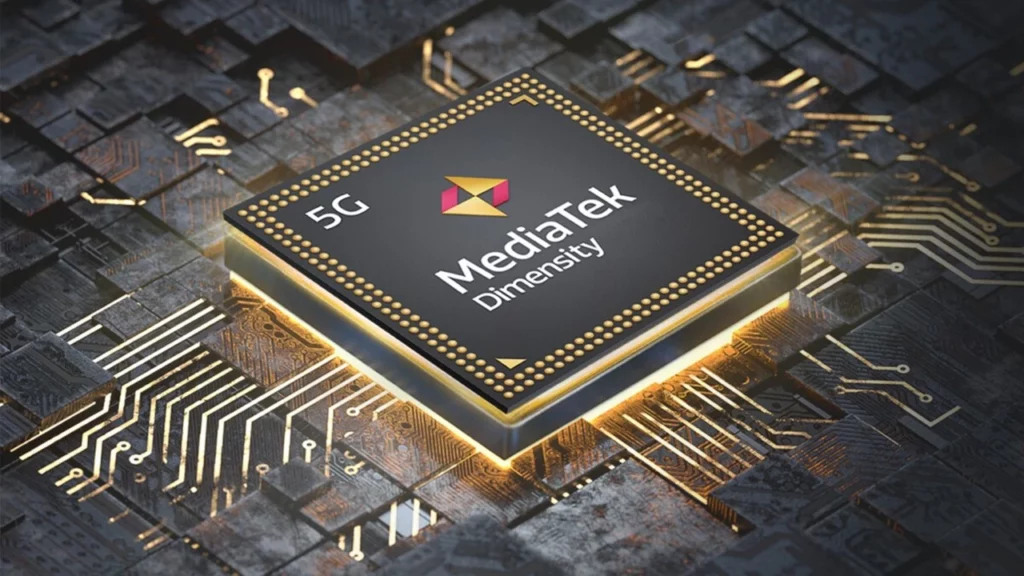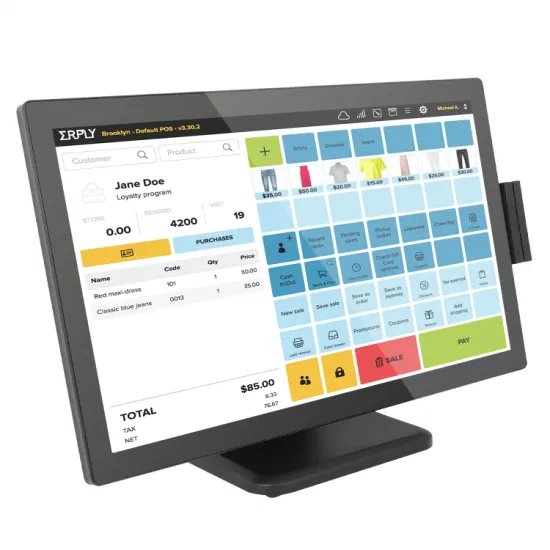The first step in designing a custom Android smartphone or tablet is deciding which central processor unit (CPU) to use. The CPU is the most important component in any digital product. The CPU is an IC chip which controls all the device’s peripheral components like the screen, camera, touch panel, etc.
Popular Android CPU manufacturers like Qualcomm, Rockchip, and Mediatek offer different strengths for custom Android development. Matching the strengths of a CPU to the needs of a specific project is the way to select the right CPU. Product specifications have a strong impact on this decision. For example if the Android device needs telecom (mobile data) connectivity then only chips which support telecom should be considered.

Telecom connectivity is a major consideration, as that will filter out a large percentage of options which don’t support telecom. If an Android device only needs wifi connectivity, that also narrows the options since chips that support telecom connectivity should be ruled out. Usually CPUs that support telecom cost more than their wifi-only alternatives. Other major considerations include memory, screen, and camera specs. An Android device that requires high memory, a high resolution screen, or high megapixel cameras needs a high end CPU to support these demanding specs.
Lower performance CPUs are suitable for products that have lower specs. While a high end CPU can support low end specs, it also increases product cost and battery consumption so they fall from consideration. Think about it this way, a sports car can carry golf clubs, but a slower and less expensive golf cart is more practical to get around a golf course. Companies don’t like to throw away money, so matching the CPU’s capabilities with the device’s specifications is the best way to ensure competitive pricing.
Beyond the tangible and obvious way of selecting the right CPU, comes the intangible considerations. Most importantly is which CPU is the best match for different commercial needs. For example, what’s the order volume? What kind of customization does the product require? Where is the product going to be used? Who’s developing the product? These questions all go into deciding the CPU.

To make this more realistic, let’s review a few different scenarios. A company needs to make a custom Android device that goes in machinery used at a factory that produces something for the US military. This one sentence provides enough detail to refine focus to a few CPU options. In this case volume would be low, device value would be high, and there’s a high budget for R&D which should be managed by engineers in the US.
Since the device is for the US military, the customer probably wants to work with a US based engineering and development company. Money is not a big constraint (compared to normal consumer products) and, for support and security purposes, the engineers want to use a CPU designed in the US or EU. Generally chips made by western companies have more technical documentation available. That way the engineers can find answers to technical questions on their own. Instantly possibilities of CPU brands narrow to 2-3, before even looking at specs. In this case a customer would look at Freescale i.MX or Qualcomm, with final decisions based on the specs of the actual product.
As another example a company in the healthcare space wants to create an Android powered pill dispenser that’s designed for easy use by seniors. The company has strong internal competency in design and app development. Customization is required on the hardware and firmware. They’re looking for a turnkey hardware solution so they can focus on their strengths. In this case using Rockchip or Mediatek CPU would be the best options.
Here are key points to consider about three leading CPU manufacturers when making a custom Android device.
Qualcomm chips are used by the world’s biggest and most reputable brands. Qualcomm, an American company, historically has been the market leader in the high end segment. They make a lot of documentation available, but their firmware requires a lot of expertise to work with. Making changes to the firmware must be done carefully. Because of the expertise required to work on the Qualcomm platform, it’s usually only viable for high volume projects. The high engineering costs get amortized into more units. Qualcomm excels in the telecom segment.
Mediatek CPUs have the highest market share worldwide and are challenging Qualcomm’s high-end dominance. Mediatek, a Taiwanese company, started in the telecom industry, like Qualcomm, making chips for feature phones. They were pioneers in China’s domestic manufacturing ecosystem, empowering local engineering companies to design high quality phones with modest engineering resources. This was achieved by keeping firmware and hardware design simple and controlled. Mediatek makes their firmware relatively simple for engineers to work with and has built a strong technical support department. Mediatek’s internal engineers communicate directly with front line engineers at their licensed design house partners, the engineering firms that design electronics that use Mediatek CPUs. Mediatek is a major force in both the telecom and wi-fi only Android segments.

Rockchip CPUs have beat out many strong competitors over the past 10 years to become the dominant wi-fi only CPU brand for cost driven mass market devices. Rockchips competes on the global stage, but is from China. Like Mediatek, Rockchip created a way for (almost entirely China-based) design houses to do fast and reliable development using closed libraries and reduced firmware configuration options. Rockchip offers a range of wi-fi only CPUs, from low cost to high value. Their pricing is competitive and customization is flexible.
Hopefully you now have some insight into the process behind choosing a CPU and more insight into the CPUs themselves.


